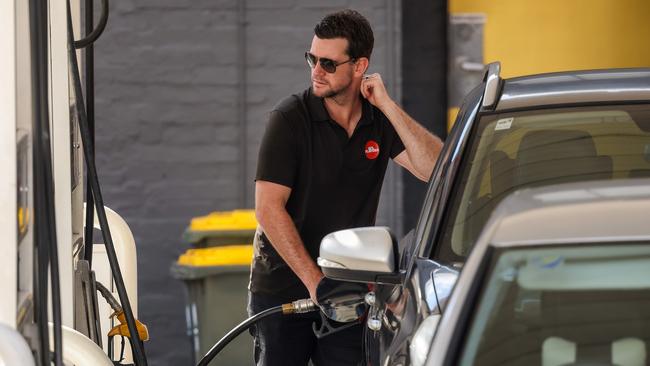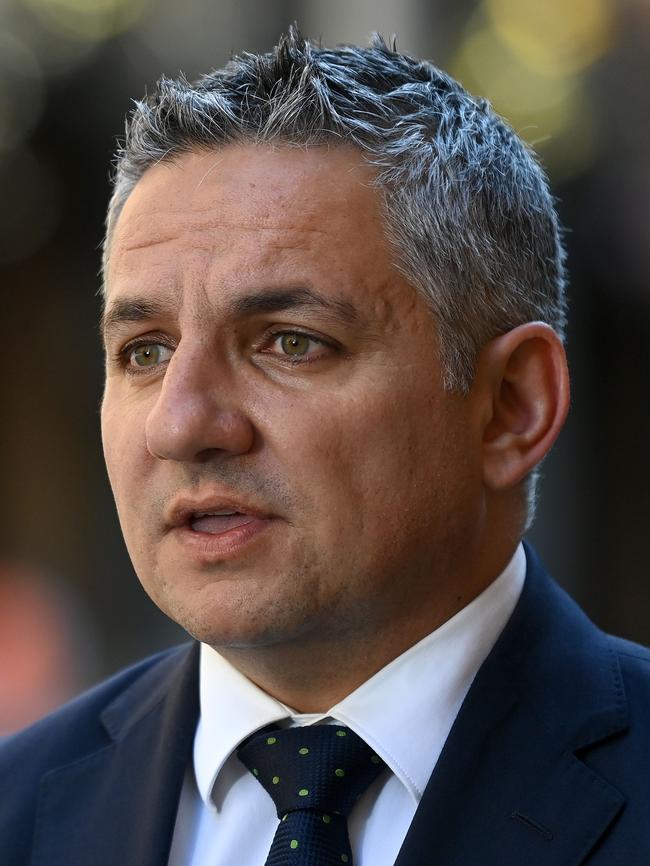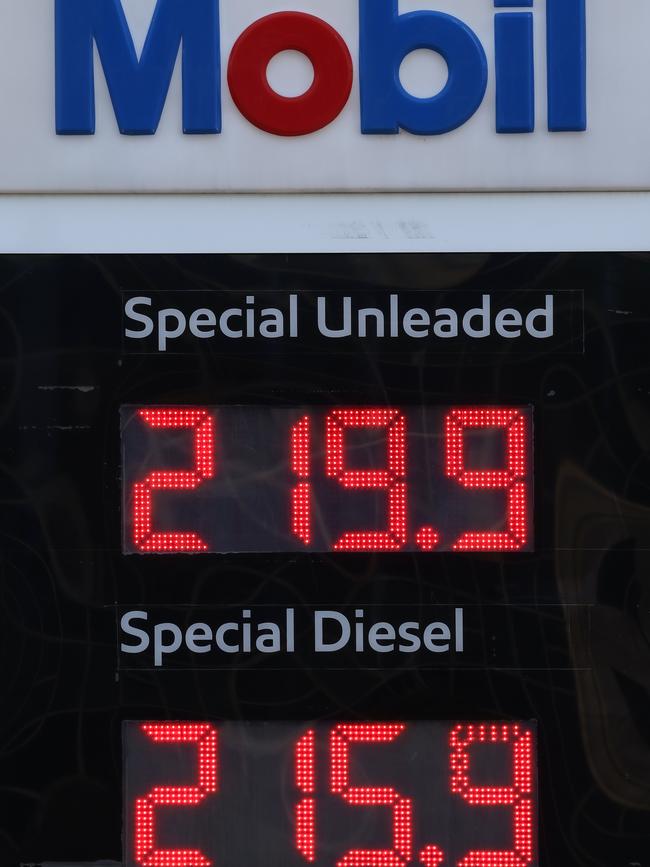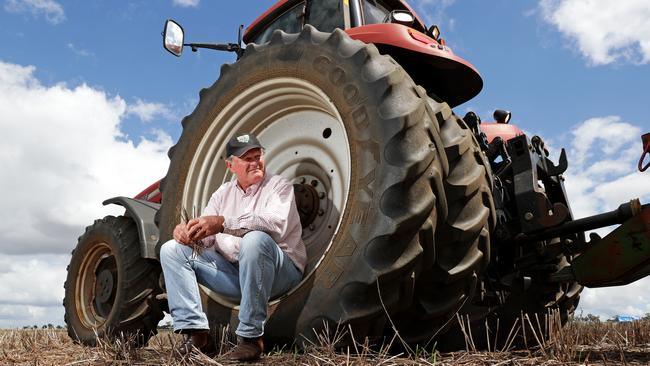50 Sydney petrol stations with fuel under $2
Relief from astronomical fuel prices is expected soon but until then, here are 50 Sydney service stations with petrol under $2 a litre.
NSW
Don't miss out on the headlines from NSW. Followed categories will be added to My News.
Relief from skyrocketing fuel prices is in sight but motorists are still being hit with astronomical costs at the bowser.
Here are 50 Sydney petrol stations selling unleaded fuel for under $2 a litre today:
FUEL PRICE RELIEF IN SIGHT
Sydney’s record breaking average pump price of $2.16 a litre is costing motorists dearly – with the average household that uses 35 litres a week now being forced to spend $305 a month filling the tank.
But a substantial $24 a barrel fall five days ago for the benchmark fuel Australia relies on – the Singapore based Mogas95, could result in significant falls for drivers if it lasts, says the NRMA motoring organisation.

The drop followed talks by the United Arab Emirates to increase oil production.
“This is a huge drop,” NRMA spokesman Peter Khoury says. “We are hoping if it is sustained, then motorists will see some significant relief. But things are so volatile globally, the reverse can happen.”
The Russian invasion of Ukraine has “spiralled” petrol prices massively in the past few weeks – but record-breaking prices were already being recorded in October last year – as a result of countries gearing back into action post-pandemic.


“The problems we face now started in 2021, before the Russian invasion,” Mr Khoury said. “When the global economy shut down with Covid oil prices plunged to record lows.
“We paid 91c a litre in April 2020.”
Mr Khoury says as the global economy opened up after Covid shutdowns, and people travelled around more, the OPEC cartel of countries who produce oil withheld supply to artificially increase prices.
“That strategy continued today and in addition to that, you’ve got Russia invading Ukraine and everything spiralled out of control. It’s devastating.”
Australia’s previous record price of $1.69 for a litre of petrol, back in 2008, was at the time of the Global Financial Crisis, but we were shielded from even worse prices because our dollar was so strong back then.
Oil is traded in US dollars and with our dollar currently only worth 72 cents to the US dollar, we’re not as protected.
And despite pressure for the Federal Government to cut the 44 cent a litre fuel excise tax to help Aussie motorists, Mr Khoury does not think that will be likely.
He says $11 billion of the $17 billion collected is earmarked for road infrastructure and the recent floods means repairing damaged roads will be needed now more than ever.
“The excise is not designed to go up and down with oil prices and if the oil prices falls are sustained, then savings at the bowser will be significantly more than what would come from cutting the excise.”
Australia has some of the cheapest petrol prices in the world, with far less taxes paid than many other OECD countries.
The Australian Institute of Petroleum calculates that the average industry net profit is around 2 cents a litre.
INDUSTRIES FEELING THE PINCH OF SKYROCKETING PETROL PRICES
By Lachlan Leeming and Kelsey Hogan

Skyrocketing fuel costs are set to impact everything from tourism to farming, according to industry figures, as the battle at the bowser threatens to leave no sector untouched.
Property Council NSW chief executive Luke Achterstraat said soaring prices came as businesses were trying to get employees back to the office. “There’s no doubt climbing petrol pricing can impact people’s desire for private travel,” he said
Daniel Gschwind, deputy chair of the Australian Tourism Industry Council, said the price rise was “an added stress and strain on an industry that has already been battered”.
NSW Farmers chief executive James Jackson said he already had reports that members were spending double the amount on diesel than they were two years ago.
Upper Hunter farmer Chris Kemp said his fuel costs have “gone through the roof“ in recent weeks.
“When you are sowing or harvesting, you can use up to three or four thousand litres a week so if you times that by two bucks it’s a pretty scary number,” he said.





